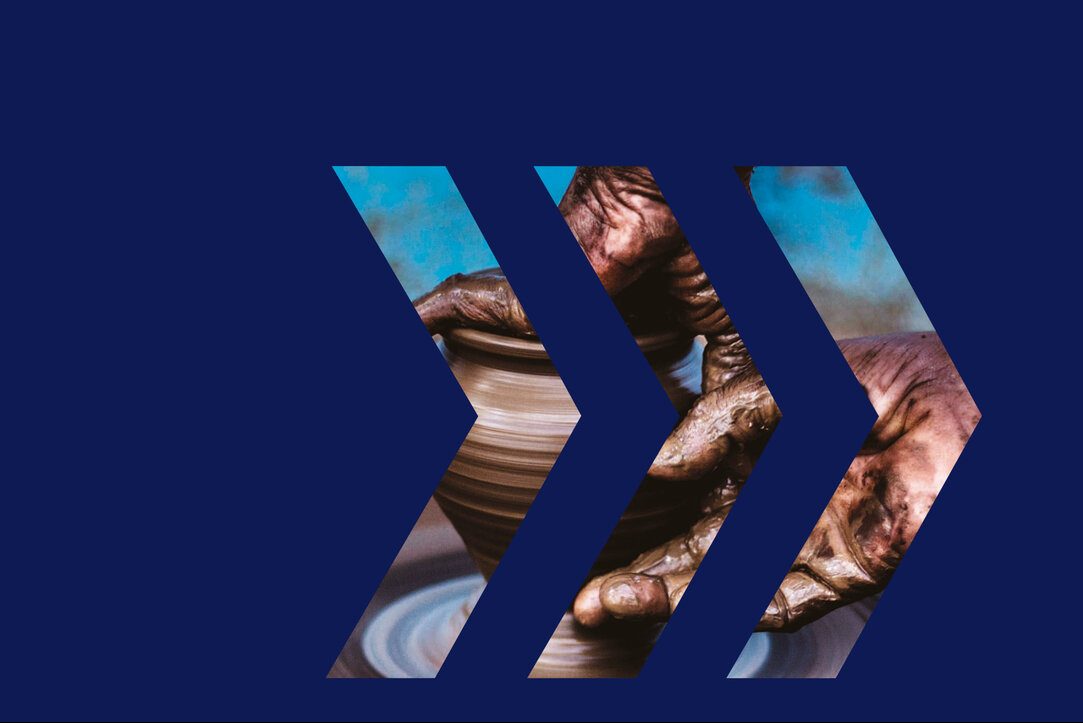Whether it is gender diversity in R&D teams or cultural diversity in organisations, study after study shows that diversity improves innovation. Having a variety of thought and perspective helps teams see things in new ways, translating into radical innovations. Something that most businesses need right now. One study quantified the difference, demonstrating that the companies with various diversity programmes, from disability to gender to race to LGBTQ status, created an average of two additional products in any given year compared to companies that did not have those diversity programmes.
Diversity also helps companies reach a broader customer base when it comes to sales. Diverse companies are 70% more likely to capture a new market than homogenous companies. Moreover, a company that increases its gender and racial diversity by only 1% can increase sales by 3% and 9%, respectively. As the world gets smaller, and country populations become more diversified, the benefits of organisational diversity will continue to grow.
The easiest way to benefit from diversity is to hire people with diverse backgrounds. Apart from overhauling recruitment policies, organisations can also implement another strategy immediately.
Companies can capitalise on the diversity already within the organisation by increasing inclusion. Diverse teams indeed make better decisions, but diverse teams with high inclusion make the best decisions. According to a study, decision-making with diverse, high-inclusion teams can improve by as much as 60%.
If you increased the gender and racial diversity of your company by only 1%, you would increase sales by 3% and 9% respectively.
Inclusion reduces conflict, negative emotions and turnover. Companies that increase the number of employees on their teams who feel included by only 10% can improve work attendance by one day per year per employee. When you add all of the benefits of inclusion together, teams with higher inclusion outperform others by 8 to 1.
So how exactly is inclusion achieved?
How to be more inclusive
Let’s start by dispelling the myths that inclusion is about letting women, women of colour, people of colour or other underrepresented groups in the door. That is diversity. Inclusion is about letting people know that they are an essential member of the team who is valued for their unique perspective.
How that translates into actions depends on a leader’s personal style. Ultimately, it comes down to ensuring people know that they can be themselves and also be accepted.
I have found that many leaders are great at understanding “belonging” by building cohesive teams. However, they are only practising real inclusion if every team member feels they belong. For this reason, organisations must focus on ways to support uniqueness.
Here are three things organisations can do to support uniqueness and Inclusify their teams to increase innovation.
Inclusion is about letting people know that they are an essential member of the team who is valued for the unique perspective they bring. It is about valuing uniqueness and belonging.
Make it safe
For many, speaking up in meetings can be intimidating. Are your ideas good enough? How can you get a word in? One study showed that only 38% of professionals feel comfortable speaking up in meetings. Organisations are therefore missing out on valuable employee contributions.
Leaders need to create an environment where people feel seen and heard so that they can speak up. This environment is vital for everyone, but it might be particularly important for women and people of colour. These groups are more likely to experience microaggressions, like being spoken over or having their ideas hijacked by others.
One aspect of daily work life that has dramatically changed recently is the team meeting. Virtual meetings can result in people being left out of the conversation, especially if it’s a chaotic mess of voices speaking over each other. But, it can also result in more equitable discussions if done well.
Take these three steps to design more equitable meetings that can improve team decision-making:
First, send out the meeting questions and topics in advance.
Second, ask people to return their thoughts and ideas, either on a shared document or email.
Third, go through the different ideas allowing people to contribute one at a time when called on.
Often, it can help just to remind yourself that it could be anyone on the team who has the best solution to offer, to address the problem at hand – and it may well be not who you would expect.
With that approach, team members feel included, and innovation is far more liking to surface.
Culture creation
While fixing meetings might support unique perspectives, belonging is also essential. Belonging can be a real challenge with much of the population working remotely. The old ways we used to bond at work (hallway chat, happy hours, golf outings, holiday parties) are unlikely to happen again any time soon.
So, it is time for leaders to find new ways of connecting with teams. It can be simple, such as a one-on-one phone call or Zoom call, but there are more creative options, like team quizzes and socials. We can use technology by creating social media engagement like having team members make short videos about themselves, or share a little factoid about themselves along with a selfie. Seeing into each other’s lives can help increase empathy. Other ideas include virtual book clubs, recipe kits, or team workouts on Zoom. You can even watch movies or have a coffee hour together.
We need to adapt to a virtual world, but we should reflect on the way we socialised in the past to do so effectively. For most offices, the traditional practices of socialising were not wholly inclusive. For example, happy hours can exclude people for health reasons, religious reasons, and the timing is not always great for those who have young children at home. Creating virtual team building activities allows us to design events that are more inclusive from the start.
Make it fair
Consider all of the tasks that need to get done over the next few weeks or months. Put those assignments into a spreadsheet and categorise them as good (career building) opportunities, bad promotion potential tasks (such as admin [office housework]) , or somewhere in between. Then consider how you are dividing those tasks among your team.
We need to adapt to a virtual world, but we should reflect on the way we socialised in the past to do so effectively.
The reality is that most managers put some thought into dividing the good opportunities fairly, but few think about how they dole out the administrative tasks that keep the company running smoothly. Women and women of colour tend to get saddled with most of the office housework. Awareness of this is important, particularly right now. Many organisations face uncertainty and stress, and we tend to rely on our prototypes more heavily during these times. That can translate into greater inequity for those who are so busy with administrative tasks that they miss the opportunity to achieve their goals.
It might seem like a pain to put together this spreadsheet, but it can also help everyone get perspective on all that you are doing and accomplishing as a team.
…
Innovation is key to success – now, more than ever. If we want the most innovative ideas from our team members, we need to ensure that work meetings feel safe, that we have some fun, and we always keep fairness in mind so everyone can feel like an essential, valued member of the team.



































